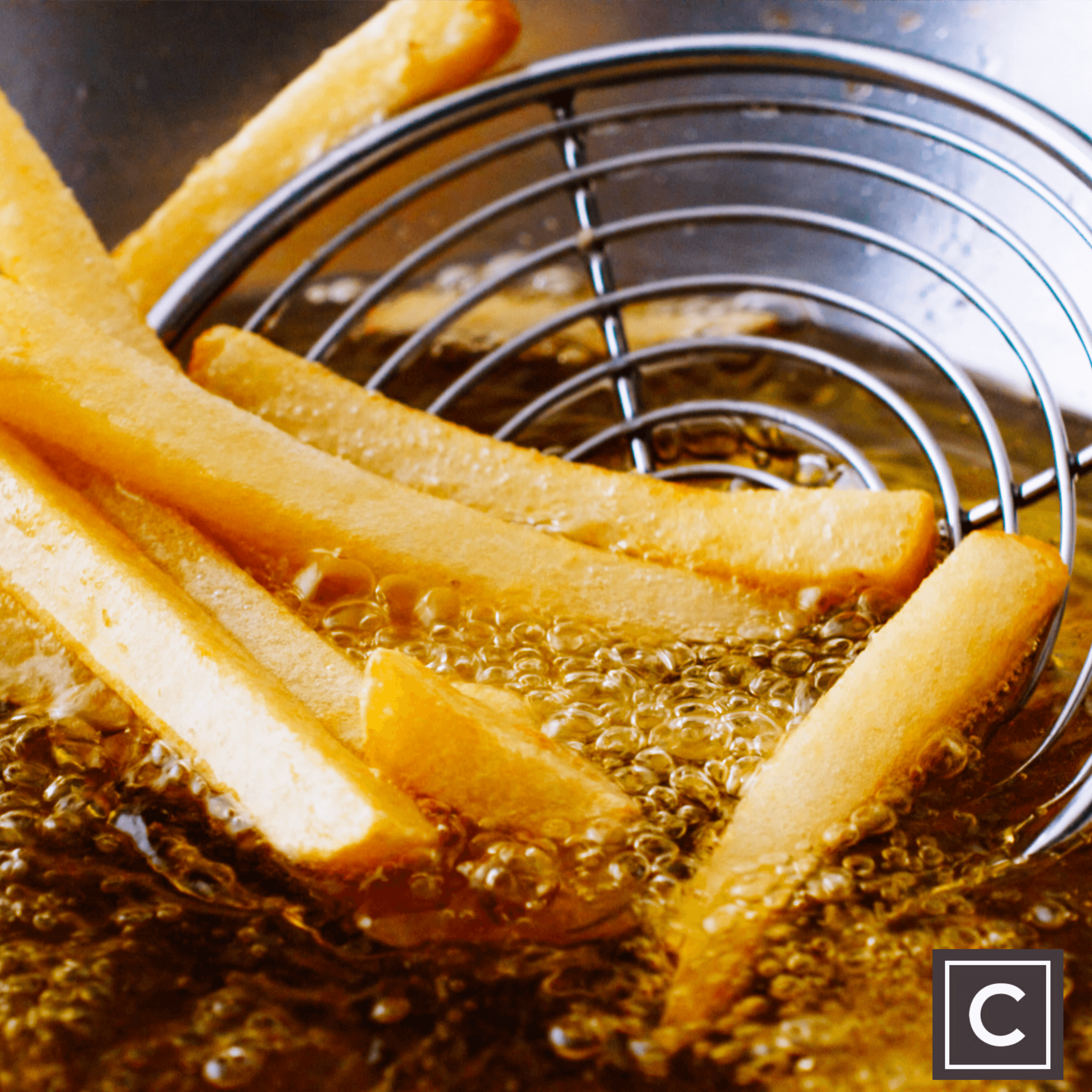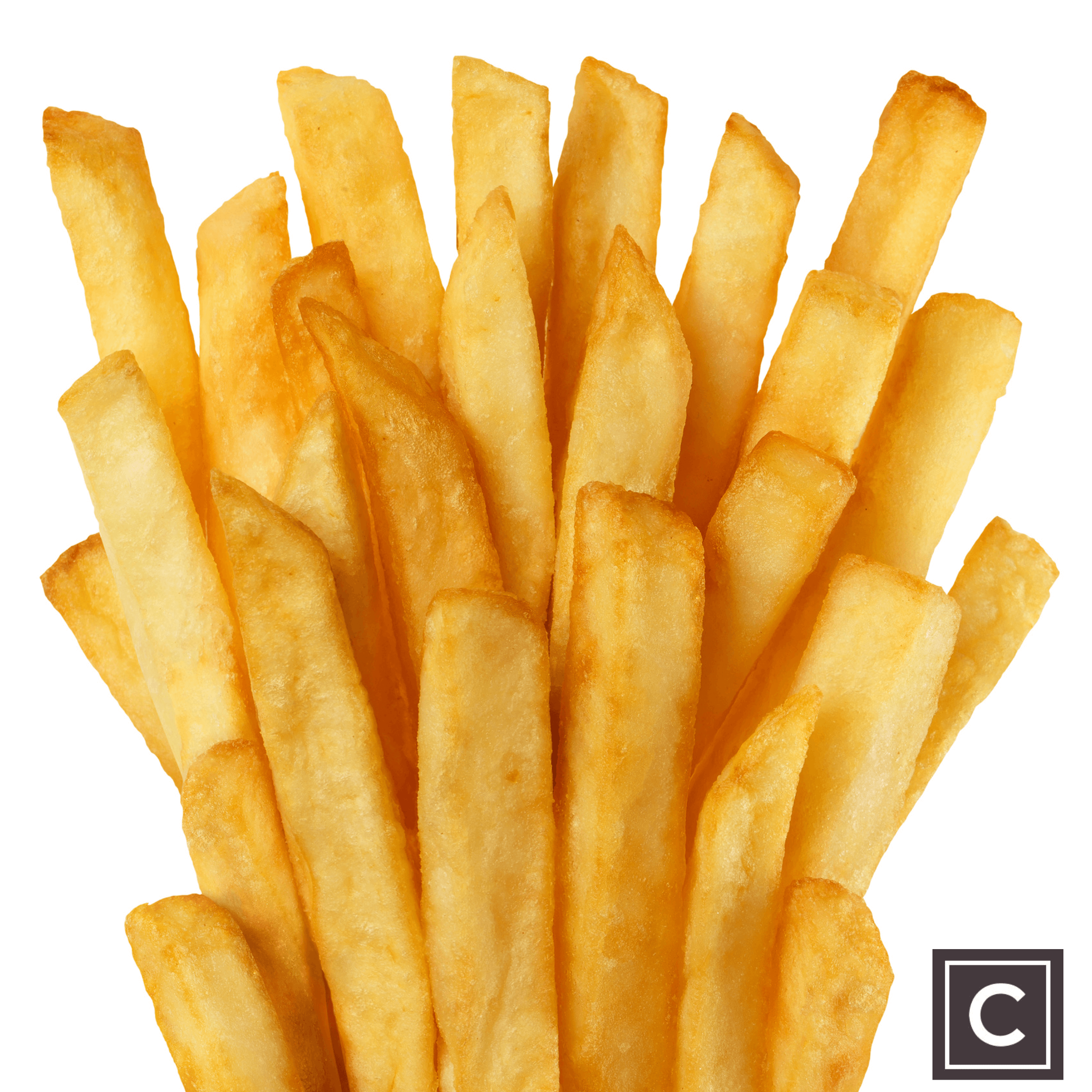Getting Blanched Chips Right: A Step-By-Step Guide
Posted by Stelios on 23rd Jul 2023 Reading Time:
The humble potato chip, known as French Fries in the United States, varies significantly in shape and size depending on where you find yourself. The British chips are thick, hearty slices of potato that are fried to achieve a crispy exterior and a tender, pillowy interior. While the thin French fries may be popular in fast food outlets, it's worth noting that British chips absorb less oil, giving the health-conscious another reason to love them. Regardless of how many you consume, remember that every chip counts.
One secret to crafting the perfect chip lies in the double-frying technique. The initial fry, conducted at a lower temperature, serves to soften the potato. The follow-up round of frying at a higher temperature ensures the exterior crisps to a delicious golden brown. Your essential ingredients for this journey are simply potatoes and your choice of oil.
After slicing your potatoes, rinse them to remove excess starch, then let them drain and dry. Fry the chips in batches and repeat the process until you achieve that golden colour. While there's a world of chip variations, there's one point that's universally agreed upon – the perfection of preparation. Among the three common methods used in the fish and chips world, this article focuses on the art of blanching.
What is Blanching?
Blanching is a critical stage when double frying your chips; it's essential you get this first step right. It involves frying your raw treated chips at a lower temperature, keeping them in the oil for a specific duration, before removing them and setting them aside in a container or a basket. Then, when you're ready to serve, a high-temperature fry ensures a perfect, crispy chip.
The Benefits of Blanching
Blanching produces chips with a delightfully crisp outer layer and a fluffy interior, giving you more control over the quality served to your customers. It also reduces waste as you only finish what you need when you need them. Moreover, blanching lowers the moisture content, aiding in achieving an easier, crispier finish. A blanched chip offers additional taste and texture benefits, lending a desirable golden hue and extra crispness to your final product.
When to Avoid Blanching?
If you prefer a softer texture, blanching may not be for you as it tends to produce a crispier chip that requires a bit more salt and vinegar. Also, remember that blanched chips don't fare well when held in a chip box for long. The absolute taboo for a blanched chip is chilling them, which can lead to starch stiffening and an unwanted layer of oil forming between the exterior and interior of the chip.
Your Blanching Guide
- Start with treated and dried chips.
- Add them to oil preheated to 150°C and fry for 7 minutes until they're soft and pale.
- Remove and set aside (refrigeration is a no-no).
- When you're ready to serve, scoop the desired amount into hot oil at approximately 190°C for 90 seconds.
- Start with these steps and fine-tune them based on factors like the oil you use, your fryer's capabilities, and the chips' dimensions.
Happy frying!




